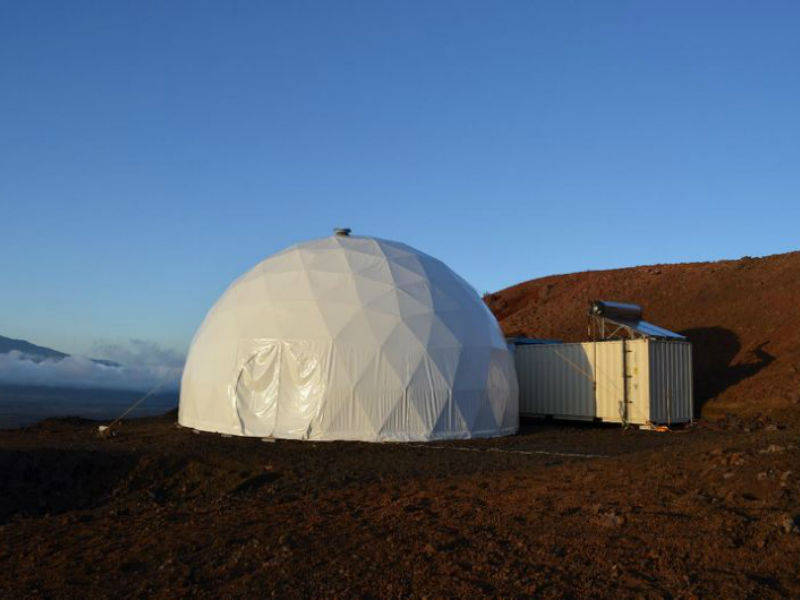
NASA Inaugurates Hawaii Space Exploration Analog and Simulation (HI-SEAS) mission to Practice Living on Mars
Life on Mars is yet to be confirmed by the scientists and NASA is on the move to send the human to the Red Planet soon. But before sending the human to Mars, the agency is practicing the living on Mars and starts a new manned mission in Hawaii Volcano. Under this mission, NASA will send six astronauts to the geodesic auditorium, located on an isolated Hawaii volcano for studying and understanding human behavior in long-standing space exploration, especially on Mars. The new mission will pave new paths for the astronauts who are poised to enter Mars by 2030.
The mission is titled under ‘Hawaii Space Exploration Analog and Simulation (HI-SEAS)’, under which it will assign six astronaut-like scientists to practice living on Mars. The new mission of NASA is proposed for eight months, under which six NASA-funded scientists will make a stay on the Mauna Loa volcano on the Big Island for 240 days. On 19th January 2017, the HI-SEAS team entered into the dome and will pay out eight months jointly in the 1,200-square-foot spread research center.
Throughout the mission period, the scientist team will lack any physical contact with outside world. In addition, they will work with a 20-minute postponement in communications, the time an email takes to reach Earth from Mars. During this eight-month mission, the scientists will mix biology and geology inside Hawaii Volcanoes National Park, for exploring the effects, which later will help NASA to gear up for the proposed manned mission to Mars. In addition to this, the researcher will also ramble in the region of Mauna Ulu for practicing the collection methods of rock samples as suggested for the Red Planet.
According to The Hawaii, Tribune-Herald reports, issued on Friday, January 20, 2017, the primary intention behind this revolutionary mission is to develop protocols that will be applicable to the real Mars mission, scheduled for 2030. The protocol will also help the astronauts to recognize, collect, and protect samples that could host life of Mars.
Commenting on this matter, the chief investigator of the mission, Kim Binstead, a University of Hawaii science professor said, “The mission and eight-month stay will help us to figure out the best selection processes of the individual astronauts for long-duration space exploration missions. It will also help to understand how to function, survive, and make experiments on the Red Planet during the real mission.”


